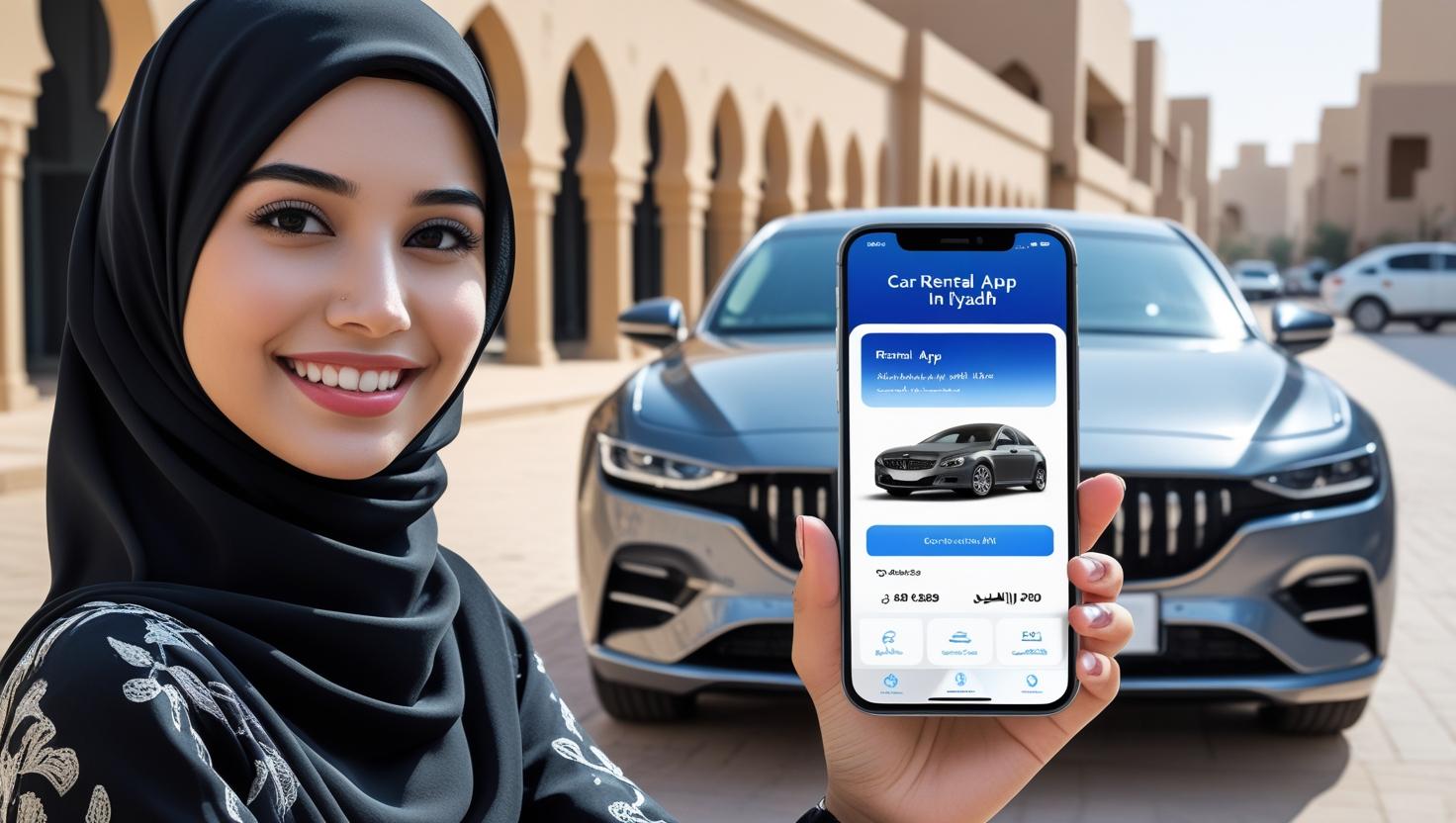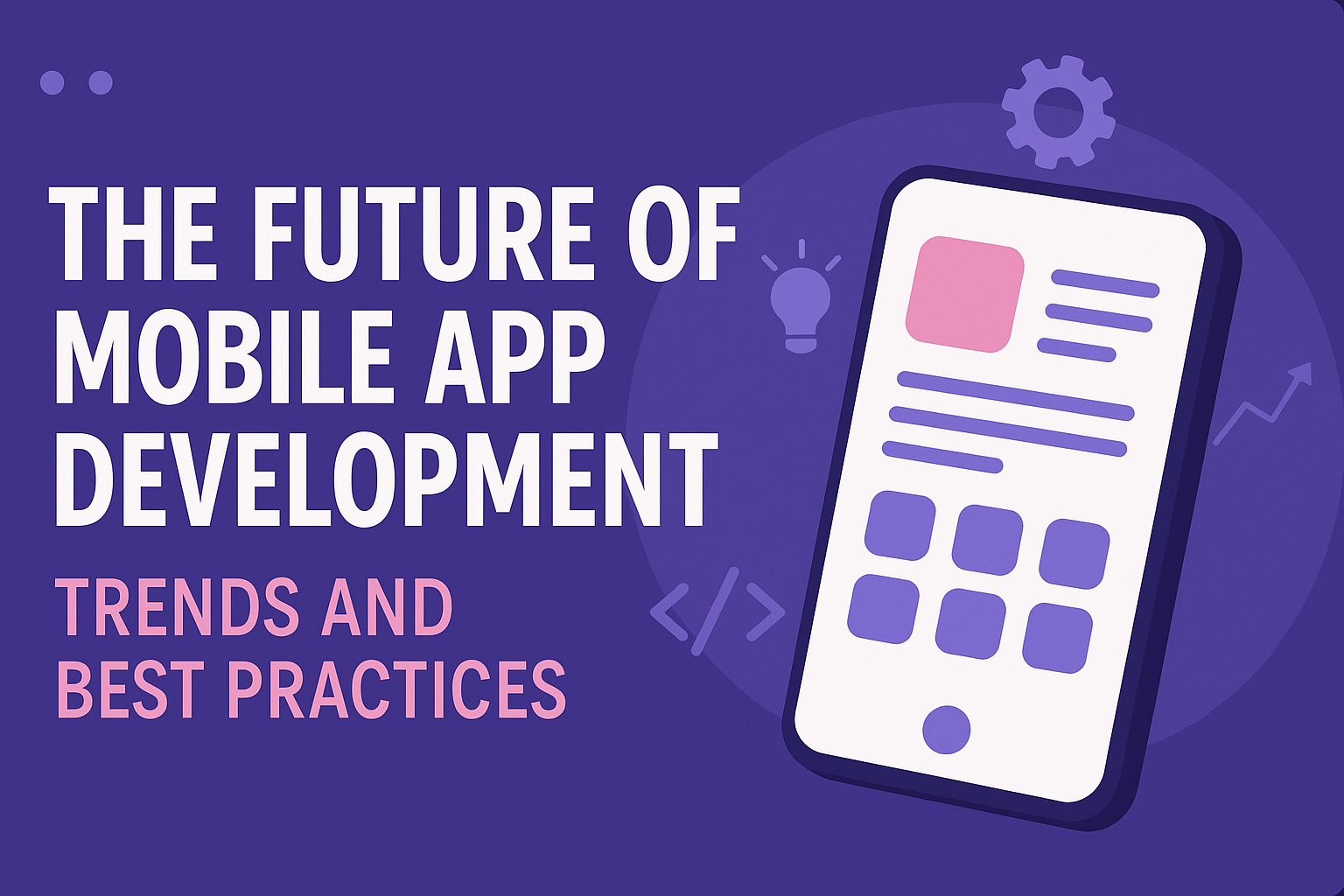Car Rental Mobile App Development: 7 Things to Consider Before You Start Building

Strong 8k brings an ultra-HD IPTV experience to your living room and your pocket.
The world of transportation is undergoing a digital transformation, and the car rental industry is no exception. With travelers, daily commuters, and corporate clients expecting quick, convenient mobility solutions, mobile apps have become essential tools for modern rental businesses. If you're planning to enter this space, understanding the process of car rental mobile app development is critical before you start building. A well-thought-out strategy will help you create a user-centric, scalable, and legally compliant app that meets both current and future demands.
✍️ Developers in 2025 must adapt to rapid changes. Our app development resource highlights future trends like AI-driven apps, IoT integration, and immersive AR/VR experiences.
Here are seven crucial aspects to consider before diving into development.
1. Identify and Understand Your Target Audience
Before you start developing features or designing user interfaces, it’s essential to understand who will be using your app. Different customer segments have different expectations. For instance, tourists often need GPS-enabled vehicles and flexible rental durations, while business travelers might prioritize fast bookings and premium car options. Local residents could be more focused on affordability and loyalty rewards.
Understanding these behavioral patterns will allow you to define user journeys and core features accordingly. Conducting market research, studying user reviews of existing apps, and holding feedback sessions with potential users can offer valuable insights to shape your mobile app's direction.
2. Define the Must-Have Features for the First Version
When it comes to launching a new product, especially an app, starting with a Minimum Viable Product (MVP) is always a smart approach. It helps you test the market and improve based on real user feedback. The MVP for a car rental app should include user registration, vehicle browsing, booking management, payment integration, and a dashboard to view rental history.
Search and filter functionality is also important to help users find vehicles based on type, price, seating, or availability. Real-time availability ensures users don’t waste time trying to book cars that are already taken. A seamless checkout process, with multiple payment options and in-app notifications, can significantly boost the user experience.
3. Consider Legal Requirements and Insurance Integration
Car rental is a heavily regulated service in many countries and regions, and mobile apps in this space must adhere to legal and safety standards. Ensuring that your app verifies user identity, including uploading and validating a driver’s license, is a basic requirement. Partnering with a third-party provider or using automated verification software can simplify this process.
Incorporating insurance features into the booking process is another vital element. Users should be able to view coverage options, understand what is included, and opt into additional insurance packages if needed. Moreover, a transparent and accessible terms-and-conditions section is mandatory. This should explain user responsibilities, late return penalties, accident policies, and data usage.
4. Build a Robust Backend for Vehicle and Fleet Management
A car rental app is not only about user experience on the front end but also about efficient operations on the backend. The admin panel should allow your team to add, remove, or update vehicles, track bookings, view reports, and manage pricing or discounts.
Real-time location tracking for the fleet can provide valuable insights and help you recover vehicles in case of theft or loss. Additionally, backend analytics can support decision-making by highlighting trends such as most-booked vehicles, peak rental periods, and areas of high demand. For larger businesses operating in multiple cities or regions, the ability to assign access control to different branches is useful.
5. Focus on a Seamless User Experience and Modern UI
An intuitive design plays a huge role in the success of any mobile application. If the app looks cluttered, slow, or confusing, users are likely to delete it after the first attempt. Smooth navigation, a clean interface, and fast-loading screens help reduce user friction. Clear CTAs (Call-to-Action), consistent color schemes, and optimized layouts for different device sizes all contribute to a positive experience.
While developing the UI, also keep accessibility in mind. Ensure that the app works well with screen readers, includes contrast-friendly color themes, and supports font resizing where necessary. This opens your platform to a broader range of users, including those with disabilities.
6. Choose the Right Technology Stack and Development Platform
Choosing the right technology is critical to building an efficient, scalable, and secure car rental app. You’ll need to decide whether you want to go with native development, where you build separate apps for iOS and Android, or opt for cross-platform development using frameworks like Flutter or React Native.
Backend technologies such as Node.js, Laravel, or Django are popular for handling user data, transactions, and real-time availability. Firebase or PostgreSQL are often used for data storage. Cloud platforms like AWS or Google Cloud help scale your services while providing security and performance reliability. Your development team should also implement strong encryption practices to protect user and payment data.
7. Budget, Timeline, and Monetization Planning
Understanding the development cost and setting a realistic budget are necessary steps. The cost of car rental mobile app development depends on many factors, such as complexity, location of your development team, the number of features, and design requirements. A basic MVP might cost around $20,000 to $40,000, while a full-featured version can go beyond $80,000.
Also, establish a monetization strategy early. Popular models include charging a rental fee with commission, offering premium subscriptions for extra features, integrating ads, or introducing dynamic pricing during peak seasons. Each approach has its pros and cons, and the right one depends on your audience and market positioning.
Final Thoughts
Stepping into the digital space with a well-designed car rental mobile app can transform how your customers engage with your services. However, success depends on more than just attractive design or a wide fleet. It requires a solid understanding of user needs, legal compliance, a robust backend, and a thoughtful approach to development and budgeting.
With careful planning and by addressing the seven key considerations outlined above, you can build a car rental app that not only competes in the market but delivers a satisfying experience to every user who downloads it. A scalable, functional, and user-friendly mobile app is no longer a luxury for rental businesses—it’s a necessity in today’s tech-driven world.
Note: IndiBlogHub features both user-submitted and editorial content. We do not verify third-party contributions. Read our Disclaimer and Privacy Policyfor details.







